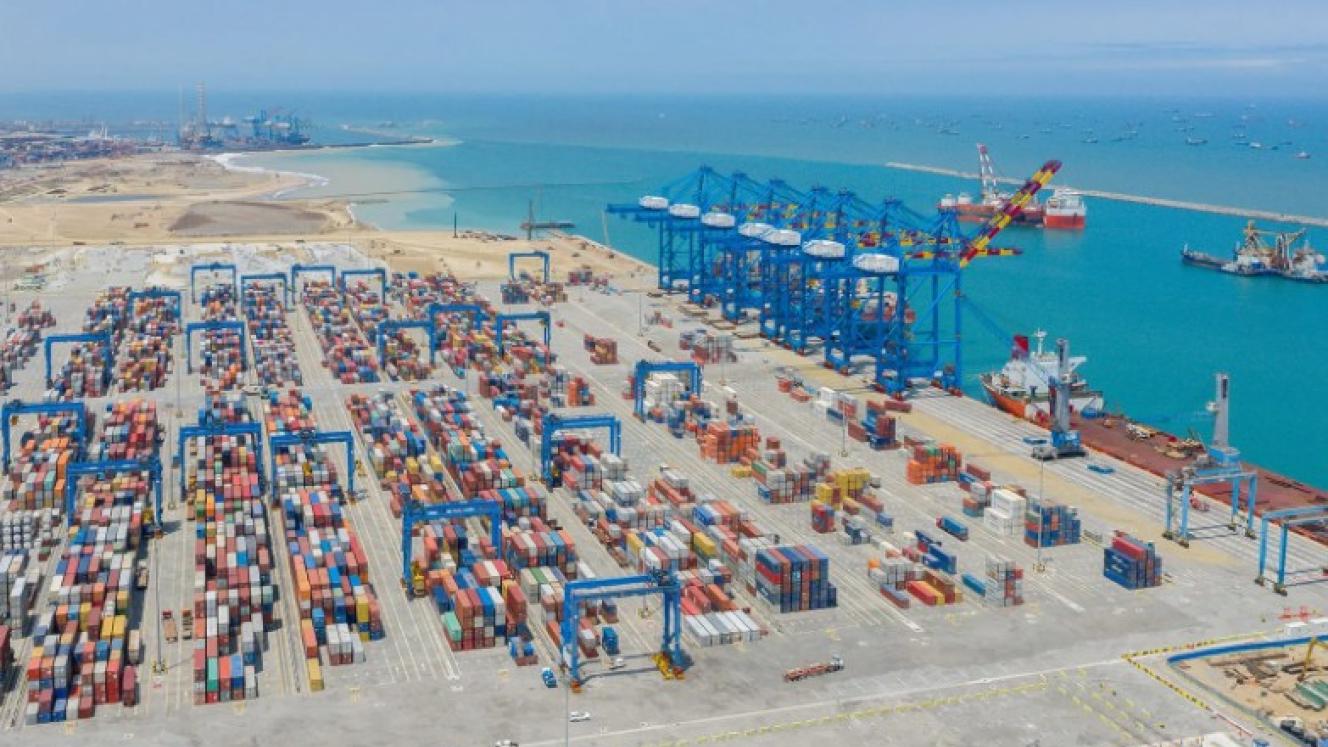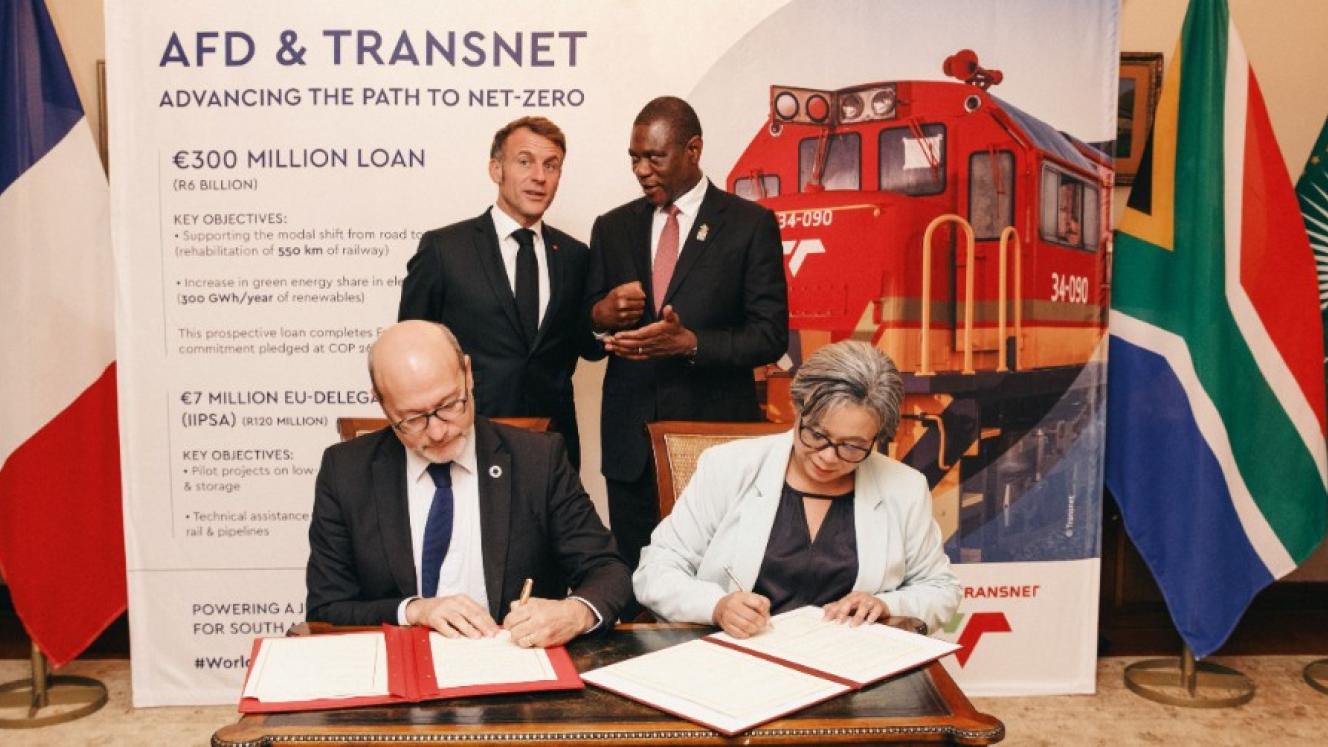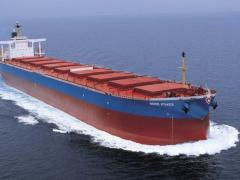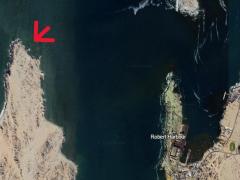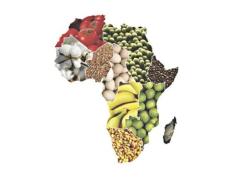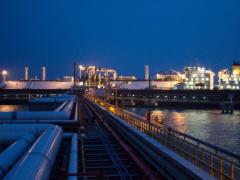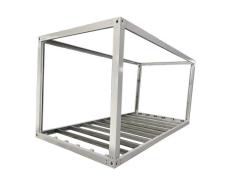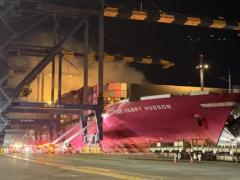The Port of Tema is emerging as one of West Africa’s strongest beneficiaries of the global shift to the Cape of Good Hope, as shipping lines adapt to prolonged disruption in the Red Sea and a sharp downturn in Suez Canal traffic.
According to emerging industry data, vessel transits through the Suez Canal have fallen by more than half this year as carriers divert services around Africa to avoid Houthi rebel risk in the Red Sea.
The longer route has redirected capacity, reshaped network economics and prompted lines to reassess port choices along the West African corridor.
The Ghanaian port has seen a marked rise in vessel calls and service deployments, supported by new Far East-West Africa rotations that designate the port as a first port of call.
Operators are increasingly viewing the Cape diversion not as a temporary contingency but as a factor that may remain embedded in network planning if security risks persist.
Although some of the more dramatic claims circulating about connectivity growth remain unverified, industry observers generally agree that Tema has strengthened its regional position.
The port’s modernised terminals, efficient turnaround times and ability to handle larger volumes at short notice have contributed to its growing vessel-call popularity.
Analysts say the diversion of Asia-Europe traffic via the Cape has provided West African ports with an unexpected window of opportunity, with Tema positioned to capture a disproportionate share of the upswing.
However, caution has been aired that sustained gains will depend on long-term stability in the Red Sea and the willingness of carriers to lock in revised port strategies once normal Suez operations eventually resume.
For now, Tema is among the clearest winners in a disrupted maritime landscape that continues to redraw traditional trade routes and transshipment patterns.
